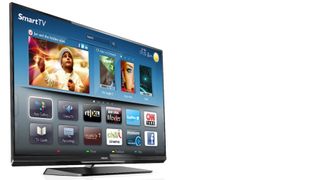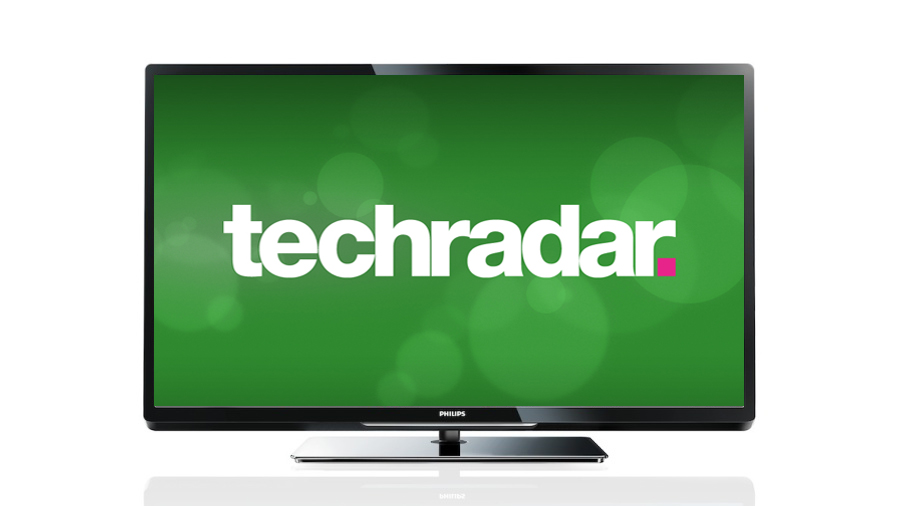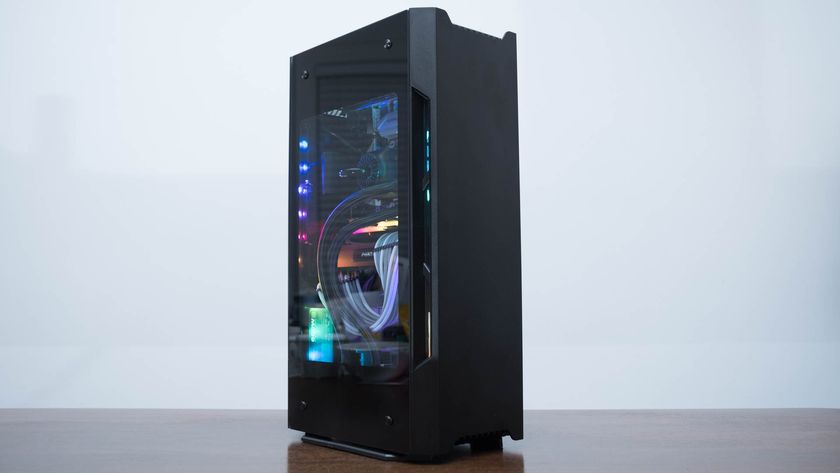Why you can trust TechRadar
Without the fineries of Philips' top-draw picture-processing tech, the 55PFL6007T can't muster reference-level picture quality – but its Easy 3D pictures, in particular, get pretty close.

Net TV might only pass the minimum requirement test for a smart TV platform, but there's a lot to love about this massive telly.
We liked
3D is brought alive the by 55PFL6007T, which appears able to produce a depth that we've not come across before on a passive polarised TV.
Philips has achieved this by delivering in other parts of the picture; the 55PFL6007T has decent contrast, black levels, detail and especially smooth motion, which also contribute to an excellent 2D performance.
We disliked
The user interface feels Windows-like, and a touch too fussy, while Net TV is under-served both by apps and processing power.
Black levels appear strong, but crushed, with shadow detail missing and a 3D effect that fades badly at the flanks.
Considering Philips' usually impressive audio, we were also a bit disappointed by the relatively thin, harsh sonics.
Nor is upscaling anything to rely on.
Final verdict
Premium, though not reference, picture quality is on offer in a package that's only slightly marred by a lacklustre user interface and content-poor Net TV.
For anyone after as big a screen as possible for truly immersive Easy 3D – and perhaps the odd trip to a BBC iPlayer app – the good-looking 55PFL6007T is hard to beat.
Also consider
Other options in the 55-inch market include the slightly cheaper Toshiba 55VL963, which also includes passive 3D and a basic TV offering, though there's no integrated Wi-Fi.
The LG 47LM670T, also with passive 3D, is worth a look; it includes extra 3D specs, Wi-Fi and a more polished home-networking feature than this Philips.
For a good active shutter 3D alternative to this Philips, consider the Sony KDL-40HX753, which has a superior smart TV offering, too.
Jamie is a freelance tech, travel and space journalist based in the UK. He’s been writing regularly for Techradar since it was launched in 2008 and also writes regularly for Forbes, The Telegraph, the South China Morning Post, Sky & Telescope and the Sky At Night magazine as well as other Future titles T3, Digital Camera World, All About Space and Space.com. He also edits two of his own websites, TravGear.com and WhenIsTheNextEclipse.com that reflect his obsession with travel gear and solar eclipse travel. He is the author of A Stargazing Program For Beginners (Springer, 2015),














